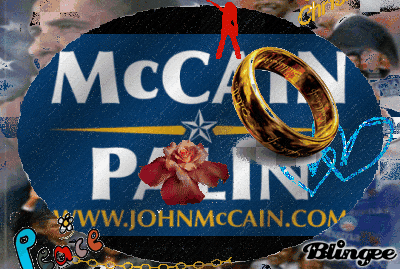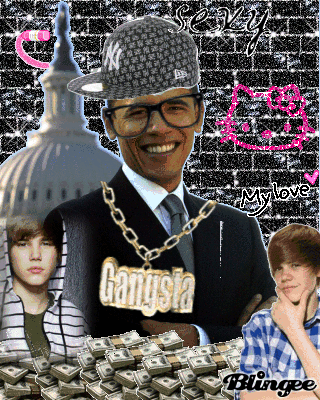As part of their contribution to Seven on Seven 2017, Olia Lialina and Mike Tyka took a closer look at a modern digital folklore legend: Blingee.com. The collaboration resulted in a collection of three works, presented as part of First Look, the ongoing series of digital projects co-curated and co-presented by Rhizome and the New Museum.
In a 2010 blog post titled All That Glitters, Olia Lialina discusses the transition from the early animated GIF to the glittering GIF of the new millennium:
No matter how funny and unprofessional early animated GIFs appeared, they were animated. The figures or objects were in constant action—running, dancing, rotating around the sun, or working on an endless construction. With the new millennium came new GIFs, glittering and blinging graphics created with new tools called glitter graphics generators. The principle of these was to take a static image—photo or graphic—and decorate it with all sorts of glittering-sparkling “stamps,” from stardust to rotating necklaces.
Lialina has long credited the popular graphics generator, Blingee.com, as an important piece of modern digital folklore. As an avid Blingee adopter, she has explored the site as a tool, subject, and community base. The web service allows users to create animated GIFs by compiling and layering “stamps” into collages, adding to the website’s massive collection of clipart, icons, and digital stickers. The site does offer limited communication through comments, voting, and forums, but its most distinctive attribute by far is its navigation system. Users can endlessly surf from one image to another through stamps and Blingees, much like you would use a series of text links, or back and forward buttons, to browse the early web.
For their Seven on Seven collaboration, Lialina and Tyka aimed to survey the data and the philosophy behind Blingee. *Once again to IVK* (2017) uses an automated tool they’ve created to mirror the process of surfing through Blingee by identifying the corresponding stamps that lead to each composition, and surfacing other Blingees created with these stamps. In one iteration of the piece, called staying with IVK, they use the tool to trace the animations of Lialina’s favorite Blingee user, Irina Vladimirovna Kuleshova. Another version (away from IVK) follows various compositions throughout the network.
Tyka also used machine learning to replicate the Blingee creation process itself. In an attempt to influence the machine to create political images, he began feeding the system images of Joe Biden, Barack Obama, and Hillary Clinton, along with popular sets of Blingee stickers. Using these images, the system reproduced its own—very convincing—political Blingees. We see Obama donning a glittering chain and baseball cap, or devil horns, and McCain signage overlaid with flower blooms and flashing dancers.


The bot-generated political Blingees are comical, amateur, and deceptive. What is alarming, though, is our own inability to distinguish between human and automated cultural production. *Turing Test, reversed and sparkling* (2017) measures exactly that, tasking users to respond to captcha-style quizzes, and determine which compositions were created by bots.
For their final collaboration, *Treasure Trove* (2017), Lialina and Tyka expropriated 440 individual jewel animations from the Blingee platform. Lialina created a colorful multi-layered composition using hundreds of glittering images that dance, flicker, and rotate across the page. Visitors to the site can click, drag, and reorder the sparkling GIFs as they please, freed from the restrictions of Blingee’s own interface.
The gaps among these three works highlight the parameters of the Blingee interface, as well as the role of the user in interacting with and perhaps manipulating it. A single flashing stamp on a transparent background can serve as source material for dozens of user generated images. A page of “Southern Belle” Blingees can lead to a series of Saved by the Bell Blingees. The format offers millions of animations, and each one can be thought of as a singular, shining, static composition. Alternatively, they can be thought of in terms of their fluidity—their connection to, or departure from, the images uploaded before and after. Whatever the case may be, it would seem worrisome, to say the least, that in an age of the “post-factual,” this vernacular can be performed and produced by machines.
Watch Lialina and Tyka’s full presentation for more on the theory and practice of Blingee:
Header image: Screenshot from *Treasure Trove*, 2017 by Olia Lialina and Mike Tyka.


